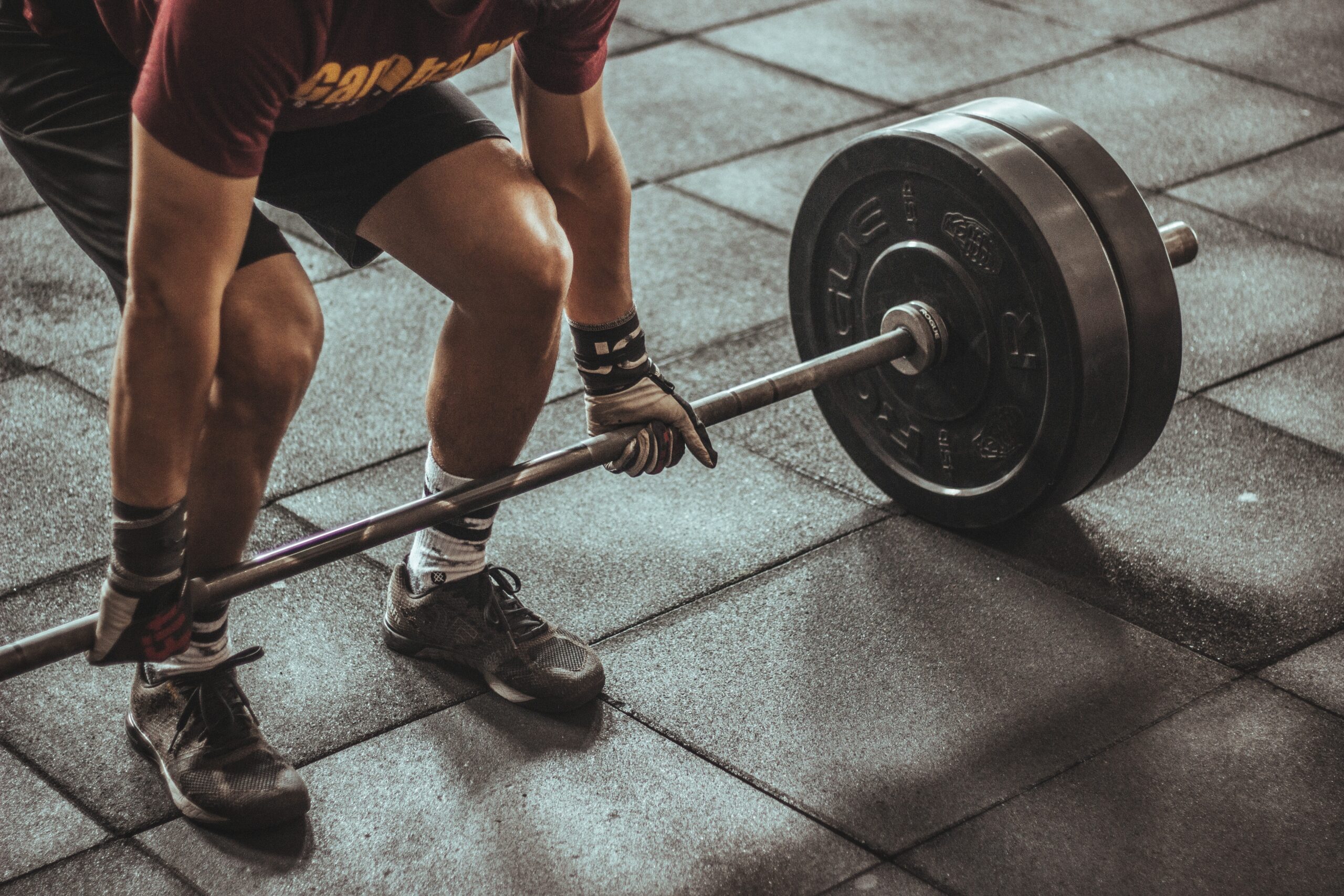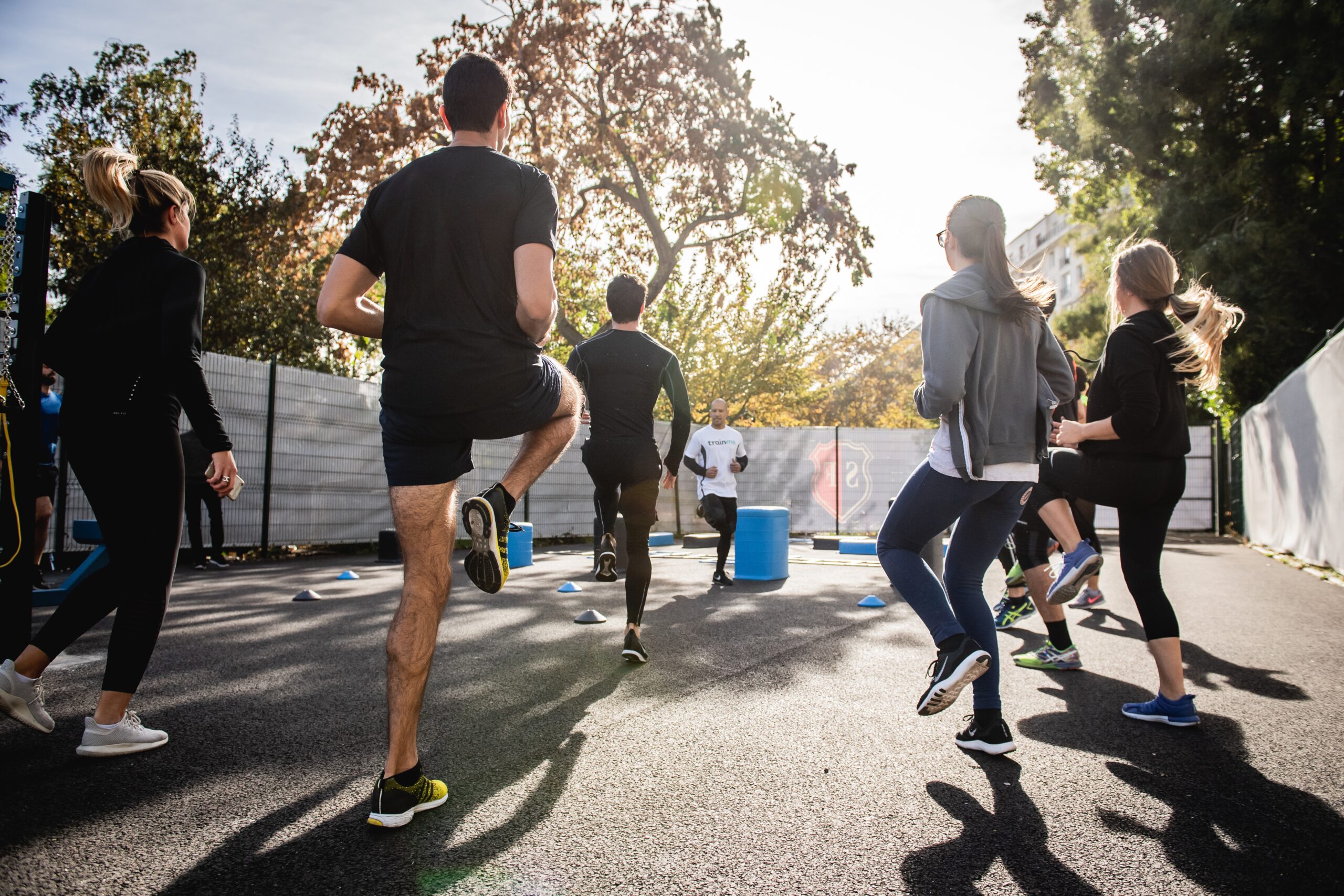Over the past decade, there has been a significant shift in the fitness industry towards a more holistic approach to athletic training. This shift is known as functional fitness, and it focuses on training the body to perform everyday movements more efficiently and effectively.
Traditional fitness programs often focus on isolated muscle groups and specific exercises. While these programs may help individuals build strength and improve their appearance, they often fail to translate into real-world performance. Functional fitness, on the other hand, takes a more practical approach by incorporating movements that mimic activities of daily life.
One of the key principles of functional fitness is the idea of training movements, not muscles. This means that instead of focusing on individual muscle groups, functional fitness workouts target multiple muscle groups and joints simultaneously. By training the body to work as a cohesive unit, functional fitness helps individuals improve their overall strength, flexibility, balance, and coordination.
Functional fitness workouts often involve exercises that mimic real-world movements, such as squatting, lunging, pushing, pulling, and rotating. These movements are performed using a variety of equipment, including kettlebells, medicine balls, resistance bands, and bodyweight exercises. By incorporating these functional movements into their training, individuals can improve their ability to perform everyday tasks with ease and reduce their risk of injury.
In addition to improving physical performance, functional fitness also has a positive impact on overall health and well-being. By training the body to move more efficiently, functional fitness can help individuals improve their posture, reduce chronic pain, and enhance their overall quality of life. This holistic approach to fitness also promotes mental well-being by reducing stress, improving mood, and boosting self-confidence.
Another key aspect of functional fitness is its emphasis on core stability and balance. The core muscles, which include the abdominals, back muscles, and hip muscles, play a crucial role in stabilizing the body during movement. By strengthening these muscles, functional fitness helps individuals improve their balance, stability, and overall athletic performance.
Functional fitness is not just for athletes or fitness enthusiasts. It is a training approach that can benefit individuals of all ages and fitness levels. Whether you are an office worker looking to improve your posture, a senior looking to maintain your independence, or an athlete looking to enhance your performance, functional fitness can help you achieve your goals.
As the popularity of functional fitness continues to grow, more and more fitness facilities are incorporating functional fitness programs into their offerings. These programs often include a combination of group classes and personal training sessions, allowing individuals to receive personalized instruction and guidance.
In conclusion, functional fitness is a holistic approach to athletic training that focuses on training movements, not muscles. By incorporating functional movements into their workouts, individuals can improve their overall strength, flexibility, balance, and coordination. This approach to fitness not only enhances physical performance but also promotes overall health and well-being. Whether you are an athlete or simply looking to improve your daily life, functional fitness can help you reach your goals.

